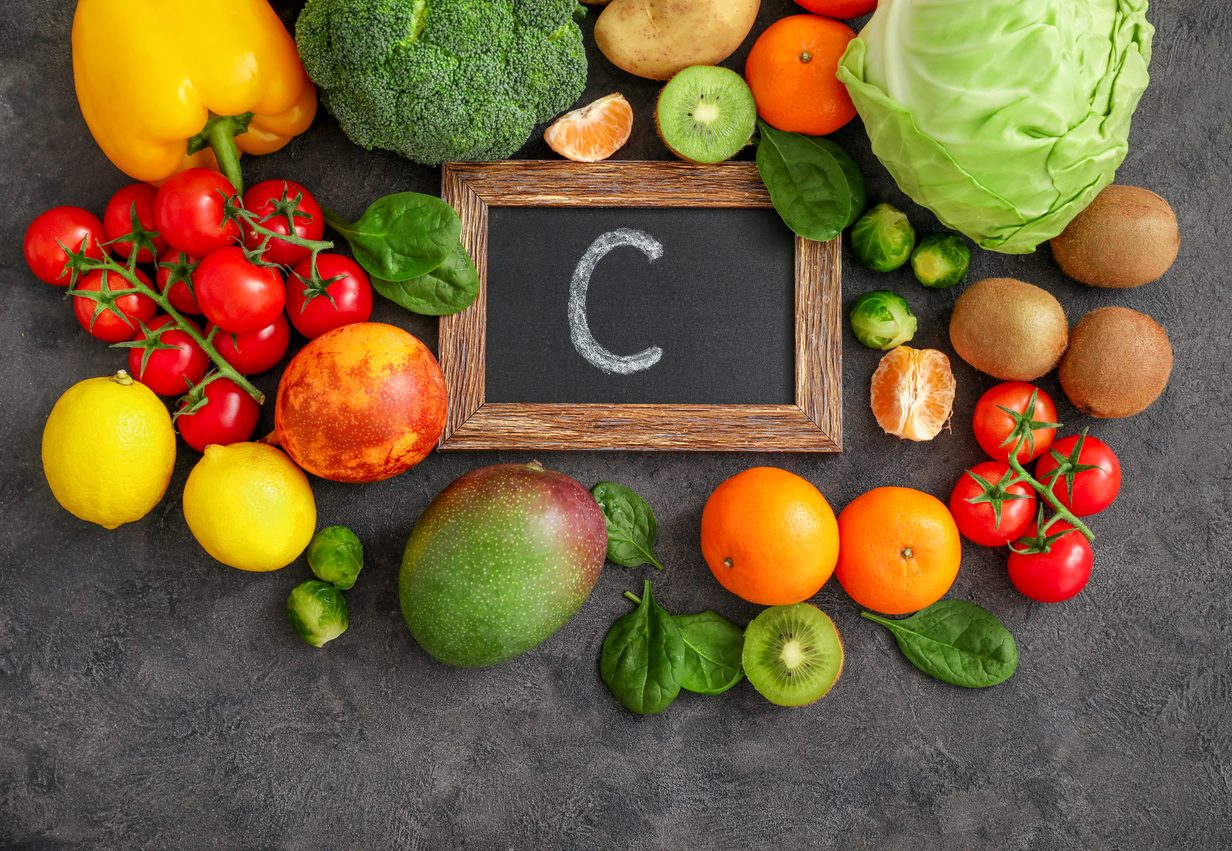The 8 foods richest in Vitamin D
Salmon, herring, eggs and cheeses; these are all common and easy-to-find foods that, along with others, can help us take in the daily requirement of vitamin D, essential for bone health and growth but also to fortify the immune system. So let's see together the 8 foods richest in Vitamin D.
;Resize,width=742;)
Just like all vitamins, vitamin D plays a very important role in the growth and health of our body. Unlike the other vitamins, vitamin D needs the sun's rays to be synthesized and help our bones and our immune system, but, how to do in the winter or when we are unable to expose ourselves to the warm UV rays? Do not worry, a correct diet can help us for this lack; so let's see which are the 8 foods richest in vitamin D, to always keep them for a recipe.
Why vitamin D is important
Vitamin D is very important for the balance of our body, especially for the immune system and for the health of the bone tissue. Vitamin D helps our body to absorb calcium but, to synthesize it correctly, we need the light of the sun's rays. On average, to synthesize vitamin D correctly, we would need a time of exposure to the sun ranging from 10 to 20 minutes a day but very often, especially in the winter months, this is not possible and, for this reason, it is very important to take care of nutrition. In some cases vitamin D deficiency could lead to some forms of osteoporosis or rickets and for this reason, like all vitamins, we should always make sure we are getting enough, so here's how.

Where vitamin D can be found
When we manage to expose ourselves to the sun's rays every day, the need for vitamin D to be taken through the diet alone varies from 400 IU to 600 IU; but, in winter for example, between food and food supplements we should be able to take up to 1000 IU of this vitamin. So let's see how to stock up on vitamin D with what we have in our kitchens.
1. Fatty fish

Mackerel, herring, salmon, eel, sardines and tuna (also canned), are all poor foods, which contain a high amount of vitamin D. For example, salmon can contain up to 685 IU, while fresh herrings can also contain up to 1,628 IU, an amount almost 4 times higher than the daily requirement. Canned tuna is also not to be underestimated, a trusted friend of those who do not always have the time or desire to cook; 236 IU per serving is quite good.
2. Cod liver oil
A great dietary supplement, cod liver oil can help prevent vitamin D deficiencies and it also contains an excellent amount of vitamin A and omega-3 fatty acids. To get up to 450 IU of vitamin D, just take a teaspoon of cod liver oil a day, an excellent habit especially for the little ones.
3. Mushrooms

Mushrooms are a vegetable food, an excellent source of vitamin D, in particular vitamin D2 which in some cases even reaches 2,000 IU per 100 grams of product. To produce this vitamin, mushrooms use sunlight just like us; UV rays in fact stimulate the conversion of a substance they naturally contain into vitamin D.
4. Oysters
Oysters, a symbol of elegance and intense flavor, are also excellent allies for those who spend little time in the sun and want to recover their vitamin D needs. Low in calories (68 kcal per 100 grams), oysters contain up to 320 IU of vitamin D but also B12, copper and zinc. A sin of gluttony that will make not only your palate happy, but also your bones.
5. Egg yolk

Eggs are decidedly nutritious foods, if in fact we find most of the proteins in egg white, egg yolk is a real concentrate of vitamins; A, B12, E and of course D. Obviously, if we are talking about free range hens, their eggs will contain an even greater quantity of vitamin D (between 100 IU and 120 IU per 100 grams of yolk compared to 20/38 IU of eggs raised in cages). The choice, ethical issues aside, goes without saying.
6. Whole yogurt, butter and full-fat cheeses
Vitamin D is present in whole cow's milk and in goat's milk. If consuming whole yogurt regularly can therefore provide us with a good amount of vitamin D, it is better to pay attention to the consumption of fatty and aged cheeses which, although containing a good amount of vitamin D, could raise blood cholesterol levels. We suggest you eat them without exaggerating.
7. Broccoli and leafy vegetables

Swiss chard, chicory, broccoli and kale; leafy vegetables are always good and should never be missing in our diet. In particular, they also have a fair amount of vitamin D. Whenever possible, it is best to eat them raw.
8. Shrimp
Perhaps the best known and most loved of crustaceans, shrimps are low in fat and rich in vitamin D (about 152 IU per 100 grams). Easy to find and very versatile in the kitchen, shrimps can be enjoyed in so many ways and are perfect for those who can't spend enough sun-kissed time.
;Resize,width=767;)

;Resize,width=712;)
;Resize,width=712;)
